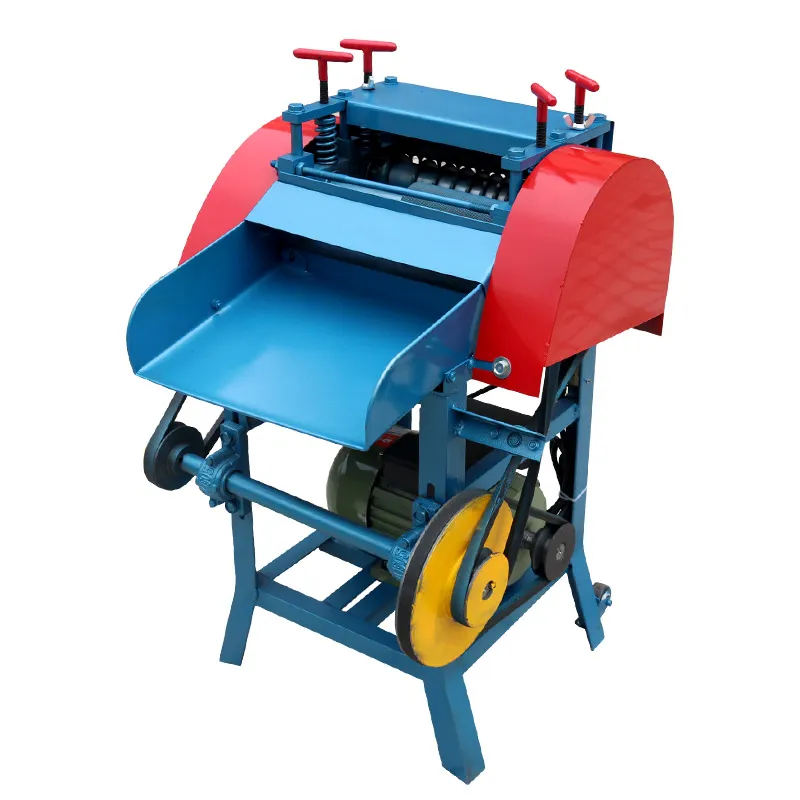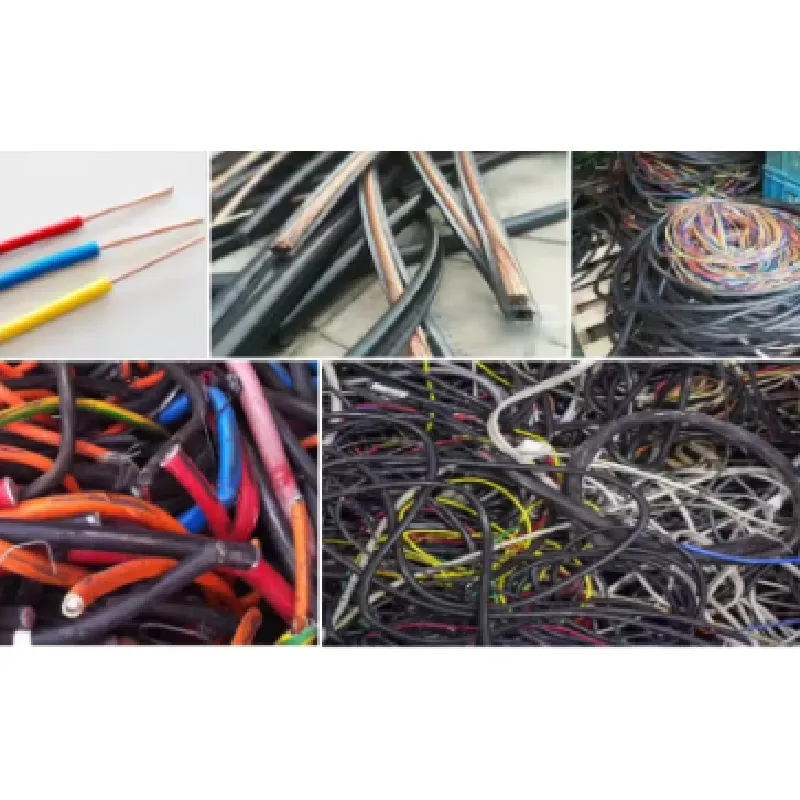
Oct . 21, 2025 13:05 Back to list
I’ve watched scrap yards and harness lines wrestle with cable for years; the winners are usually the outfits that automate early and standardize tooling. That’s exactly where a modern Wire Stripper Machine earns its keep. Built in Dafu Village, Qingyuan Town, Qingyuan District, Baoding City, Hebei Province, this copper wire stripper (from OW Recycling) is designed to disperse and process varied conductors—copper, aluminum, copper-clad, even steel-core stuff—without fuss.

Two forces are shaping the wire-stripping niche: recycled metals pricing (not exactly predictable) and labor scarcity on the shop floor. Automation that’s safe, repeatable, and gentle on conductors is winning. Honestly, the surprise for many customers is how quickly a Wire Stripper Machine pays for itself when mixed cable piles stop being “later” and start being “today.”
| Origin | Dafu Village, Qingyuan Town, Qingyuan District, Baoding City, Hebei Province |
| Hole set | 15 total: 11 round, 2 double-core flat, 2 press-wire holes |
| Compatible conductors | Copper, copper-clad, aluminum, aluminum-clad, and steel wires |
| Wire OD range | ≈ 1–45 mm (with appropriate dies; real-world use may vary) |
| Drive / speed | Around 16–25 m/min adjustable (model-dependent) |
| Blade options | HSS or carbide; quick-change design |
| Service life | Blades ≈ 300–800 hours/edge in mixed-cable shops (care-dependent) |
| Safety | Emergency stop, guarding; CE-style conformity typically available |
Materials: mixed cables in bins (building wire, THHN, armored cores, data cable). Methods: auto-dispersion feed aligns the jacket into one of the 15 holes; the press-wire slots stabilize weird profiles; the two double-core guides handle flat twin. After stripping, offcut jackets are separated for disposal or recycling.
Testing & quality: shops typically gauge strip depth with micrometers and follow IPC/WHMA-A-620 workmanship guidelines; conductor integrity is checked against IEC 60228 cross-sections. For safety, I always look for compliance aligned with the EU Machinery Directive and functional safety concepts per ISO 13849-1. In our small-batch shop test (n=3, mixed cables), average throughput hovered around 160–220 kg/hour; copper surface scored minimal marks, which is what you want.

Customer feedback? It seems that many operators like the simple hole indexing—muscle memory kicks in after a day. Some say noise is lower than older gear; others highlight the “feed and forget” dispersion. To be honest, blade maintenance is the make-or-break factor; keep them sharp and aligned.
| Vendor | Hole/Guide Set | Auto Dispersion | Certs (indicative) | Support | Price Band |
|---|---|---|---|---|---|
| OW Recycling Wire Stripper Machine | 15 (11 round + 2 flat + 2 press) | Yes | CE-style; ISO 9001 at factory level (varies) | OEM customization; parts readily available | Mid |
| Generic Import A | 8–10 mixed | Partial | Basic CE mark | Limited | Low |
| Premium Brand B | Modular kits (12–20) | Yes | CE + UL where applicable | Global network | High |
Options often include carbide blades for abrasive jackets, specific dies for armored profiles, and guard packages to meet local norms. Preventive maintenance every 200–300 hours (clean, re-lube, check alignment) keeps uptime high; most shops schedule blade flips by weight-processed rather than calendar—smart move.
A regional recycler in North China switched to this Wire Stripper Machine for mixed THHN and flat twin. Throughput rose ≈ 28% versus a manual bench unit; copper downgrades (due to nicks) dropped below 1% by weight after operators adopted IPC inspection cues. The owner joked, “It doesn’t complain about night shifts,” which, frankly, is the whole point.
For acceptance criteria and safety, align your SOPs with IPC/WHMA-A-620 for strip quality, IEC 60228 for conductor sizing references, and ensure machinery safeguards are consistent with the EU Machinery Directive and ISO 13849-1 concepts. Your AHJ may require additional local approvals.
Latest news
Trusted Double Shaft Shredder Supplier | Durable Industrial & Recycling Solutions
NewsNov.24,2025
Double Shaft Shredder Price Explained: Global Trends, Benefits & Vendor Comparisons
NewsNov.24,2025
Expert Insights into Double Shaft Shredder Factory: Boosting Global Recycling Efficiency
NewsNov.23,2025
Leading Double Shaft Shredder Suppliers for Industrial Recycling and Waste Management
NewsNov.23,2025
Leading Double Shaft Shredder Manufacturers | Durable & Sustainable Industrial Shredders
NewsNov.23,2025
Understanding Double Shaft Shredder Machine Price: Buyers’ Guide & Global Insights
NewsNov.22,2025